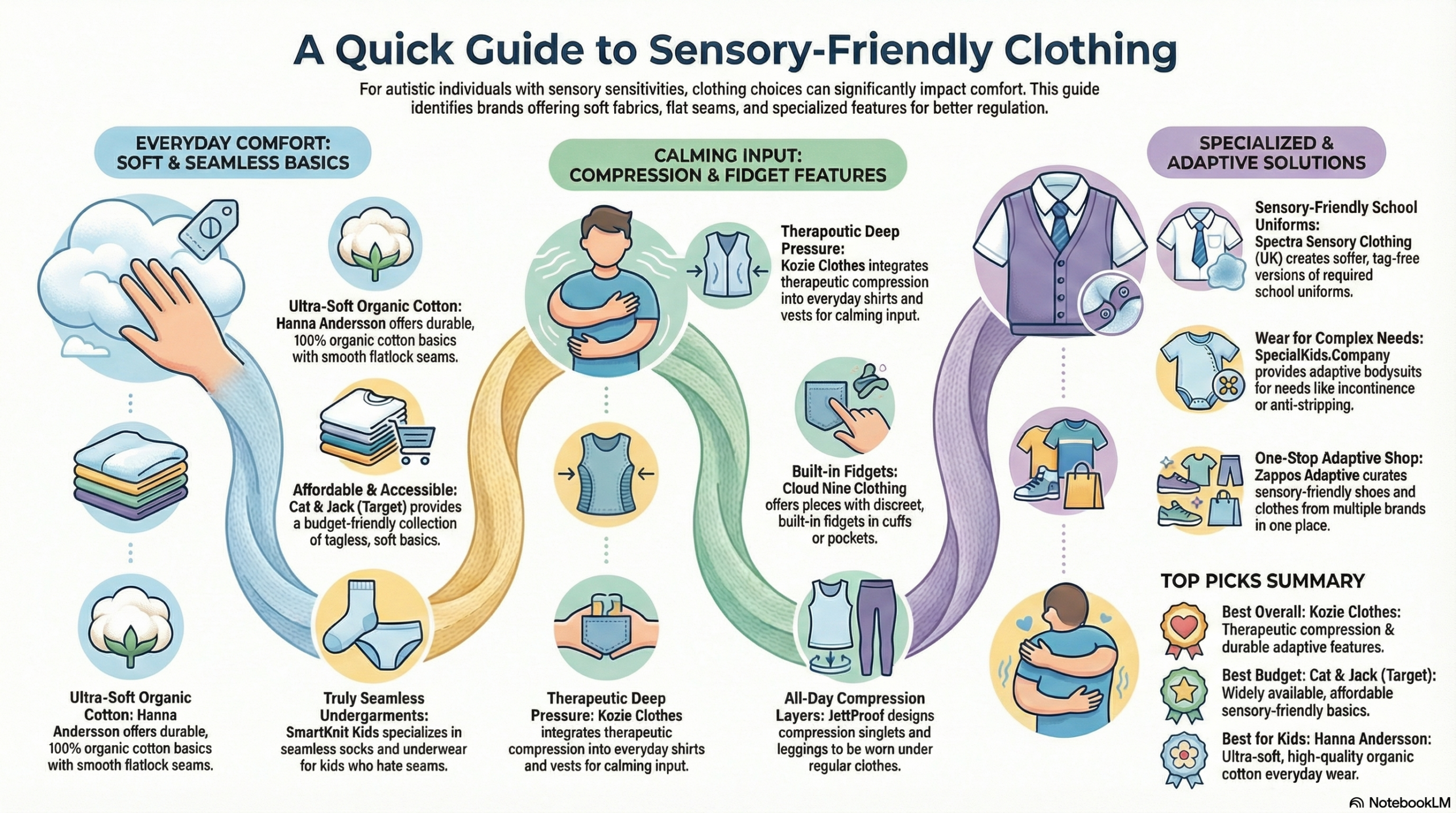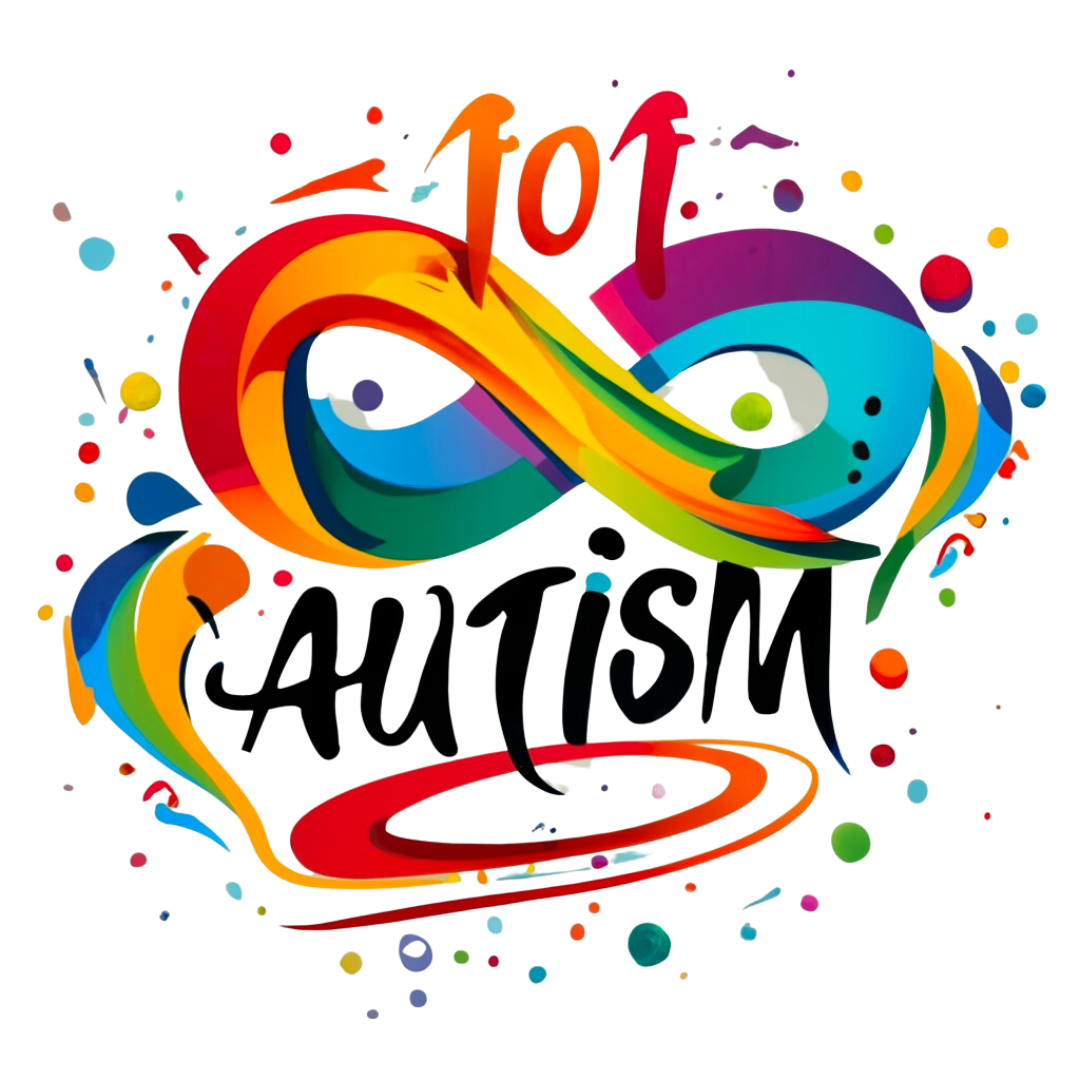How Injury Risks Differ for Autistic Kids: What Families Need to Know

Hey there, 101autism family! If you’re navigating the ups and downs of raising an autistic child, you have wondered about the extra challenges. These challenges come with safety at home and on the go. A new study published in JAMA Network Open breaks down some essential differences in injury risks among children with autism. It also compares those who also have ADHD versus those who don’t. Let’s dive into the details and see what this means for you and your loved ones.
What Did the Study Find?
The research compared three groups of children:
- Kids with Autism + ADHD: These children have a higher overall risk of injuries. If your child is managing both autism and ADHD, this extra layer requires more vigilance from you. Being attentive in specific settings is essential.
- Kids with Autism Alone: Interestingly, children on the spectrum without ADHD showed lower rates for some types of injuries. These include those caused by animal encounters or orthopedic issues. This is compared to typically developing kids.
- Typically Developing Kids: This group served as a baseline, helping the researchers see where the differences lie.
Why Is This Important for Your Family?
Understanding these differences can be a real game-changer for parents and caregivers. Here’s why:
- Personalized Safety Plans: If your child has both autism and ADHD, you might consider extra safety measures. Consider enhanced supervision during play or tweaking your home’s setup to reduce risks.
- Peace of Mind for Some: For families of autistic kids without ADHD, the study offers a bit of relief. It shows that not all injury risks are elevated in every scenario. It’s a reminder that every child is unique and that risk factors can vary.
- Better Healthcare Conversations: With this information, you can have more targeted discussions with your healthcare team. These discussions can focus on your child’s specific needs. This ensures that safety strategies are tailored just for them.
Moving Forward Together
No two journeys are the same. While this study paints a broad picture, it’s essential to remember that every child is one-of-a-kind. Use these insights as a stepping stone to create the safest and most supportive environment possible. Knowledge is power, whether that means extra precaution in certain situations or simply being aware of potential risks.
At 101autism, we’re all about empowering families with the latest insights and practical tips. If you have questions, reach out to your doctor. For more personalized advice, contact our community here on the blog.
Stay safe, stay informed, and let’s keep moving forward—together!




